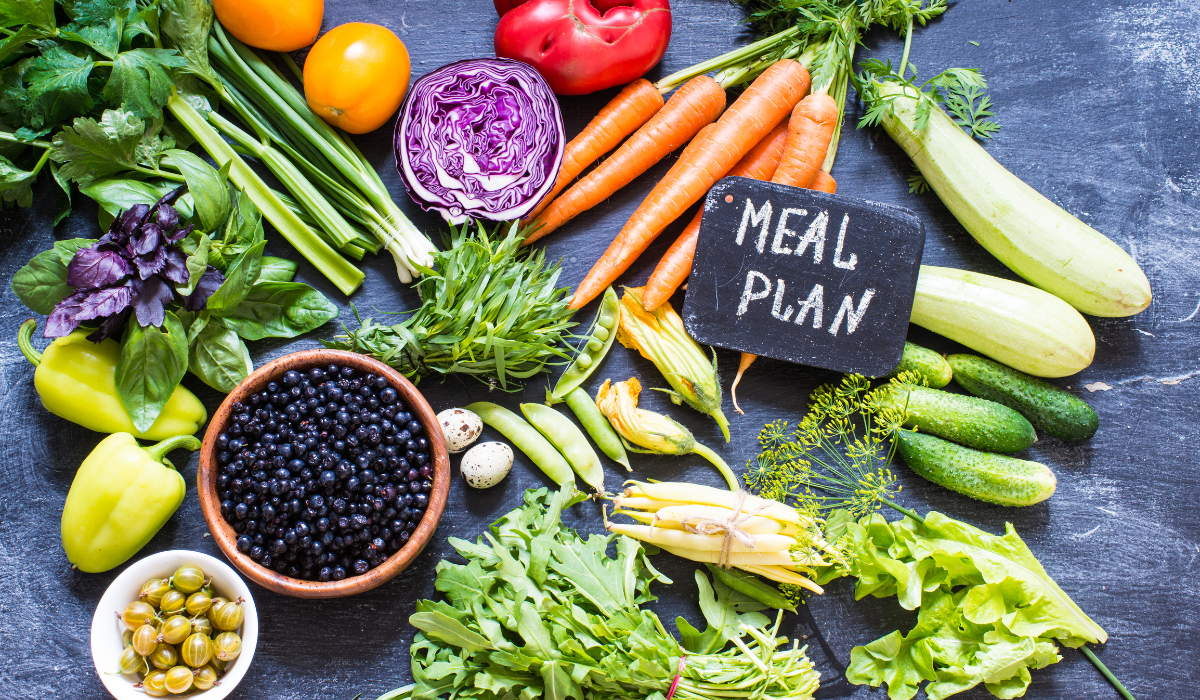Budget’s Meal Planning save money and improve nutrition. Take some time to plan your meals for the upcoming days or weeks, and you can reduce your food expenses without sacrificing nutrition.
Here are ten tips for Budget’s Meal Planning to help you get started:
- Create a menu for your lunch and dinner meals and list the groceries you need to buy. Planning your meals can help avoid buying expensive fast food or convenience meals. Check out these tips for simple menu planning.
- When planning your meals, look for foods that are on sale. You can find these by checking store flyers, newspaper inserts, and online coupon sites. Make sure only to buy foods you will use, so you don’t waste them.
- Include plant-based meals in your weekly menu using affordable protein sources like legumes, tofu, and peanut butter. Try these simple and tasty plant-based meal ideas: The Ultimate Mixed Bean Salad, Chickpea Tikka Masala, and Veggie Casserole. You can also consider canned fish, such as tuna and salmon, as a budget-friendly source of protein and omega-3 that can last longer than fresh fish.
- Check your pantry, fridge, and freezer for foods and ingredients you already have. Check the expiry dates & find recipes that use up the ones that need to be used soon.
- More often, incorporate grains like rice, pasta, barley, and couscous into your meals. They’re affordable, and versatile and can be used in various dishes like soups, stews, and salads. You can try Lentil Bolognese and Curry Chickpea Pasta Salad as examples.
- Don’t use recipes that require unusual ingredients. They can be expensive, and you may not use them again. If you need to buy a particular ingredient, check the cost and how much you need. Consider whether you can use it for other recipes before it goes bad. Skipping the ingredients or trying a substitute at home may be better. Cooking is fun, and experimenting can lead to great results.
- Save leftovers. Plan to use the leftovers in other dishes when you cook a meal. For example, if you make roasted chicken with rice and vegetables for dinner, you can use the chicken to make sandwiches for lunch the next day. You can also make a chicken soup with the leftover bones and add any remaining rice and vegetables. For more ideas, download our free recipe book, Easy Meals for Great Leftovers.
- Make more than you need. Make a more significant portion of your dish if you have extra ingredients. For example, make a big soup pot if you end up with excess carrots or celery. Use one portion for dinner and freeze the rest in smaller portions for later use. This will help you avoid food waste and have convenient meals available in the future.
- Find out your family’s favorite foods. Ask your family what they like to eat and involve them in meal planning. This way, you can buy ingredients for their favorite meals on sale.
Ensure that your meals are balanced. A balanced meal needs protein, whole grains, and vegetables or fruits.








